Veteran never dies, Wawrinka declares: The drive remains, ready to fight again next year!
In a men's tennis world swept by youthful storms and emerging new champions, 40-year-old Stan Wawrinka stands like a stubborn night watchman, still loyal to the court he loves. This week, as he stepped onto the Basel 500 tournament for the 18th time in his hometown to face Kecmanovic in the first round, the ever-present question lingering in his ears was the eternal topic of “farewell.”However, the three-time Grand Slam champion did not offer a melancholic forecast but instead delivered a powerful declaration of his return:Enjoying the present, but far from the end.
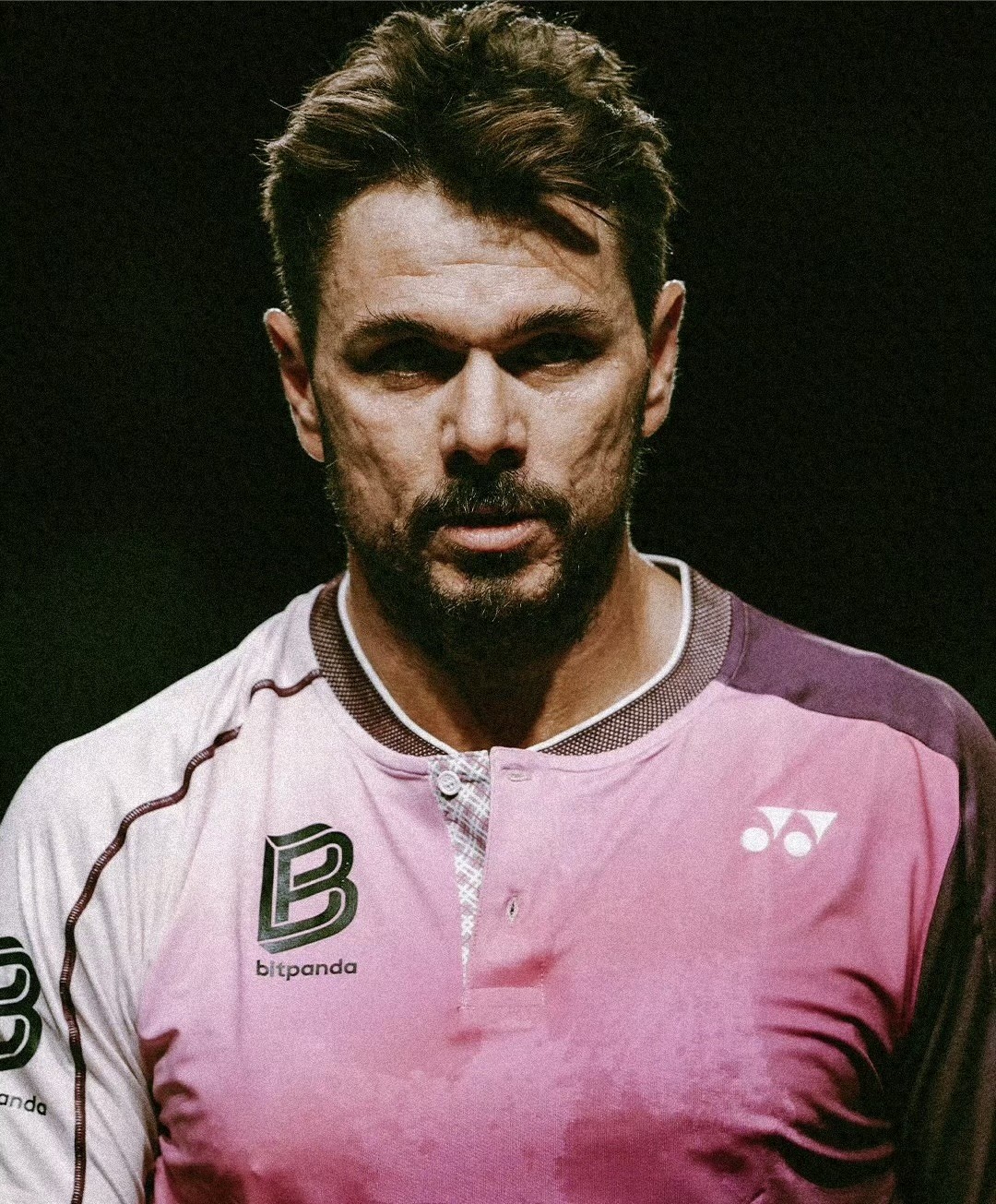
When asked by reporters about retirement, Wawrinka responded calmly and honestly. “I try to fully enjoy every moment on the tour.” He understands that every athlete’s career has a limit, but he feels grateful to still be standing here, not only in front of his hometown supporters but also with his schedule extending to the Athens tournament in early November.
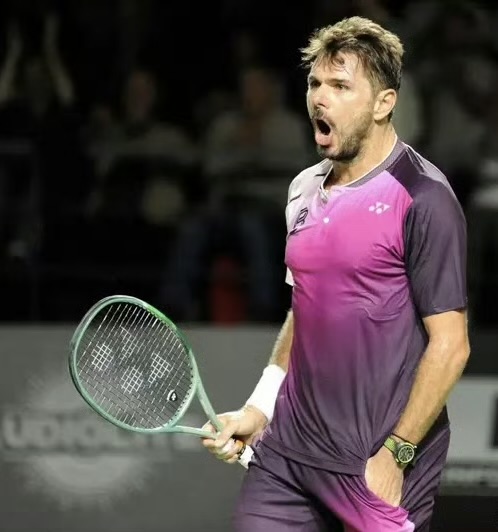
Looking ahead, he gave a clear signal: “I also hope to continue competing next year.” This simple statement is enough to excite all his fans. To him, retirement is a deeply personal decision that shouldn’t be overly speculated by outsiders. “Everyone should follow their own feelings. When the day I retire comes, you will naturally know.” This certainty comes from his clear awareness of his condition and his pure love for tennis.
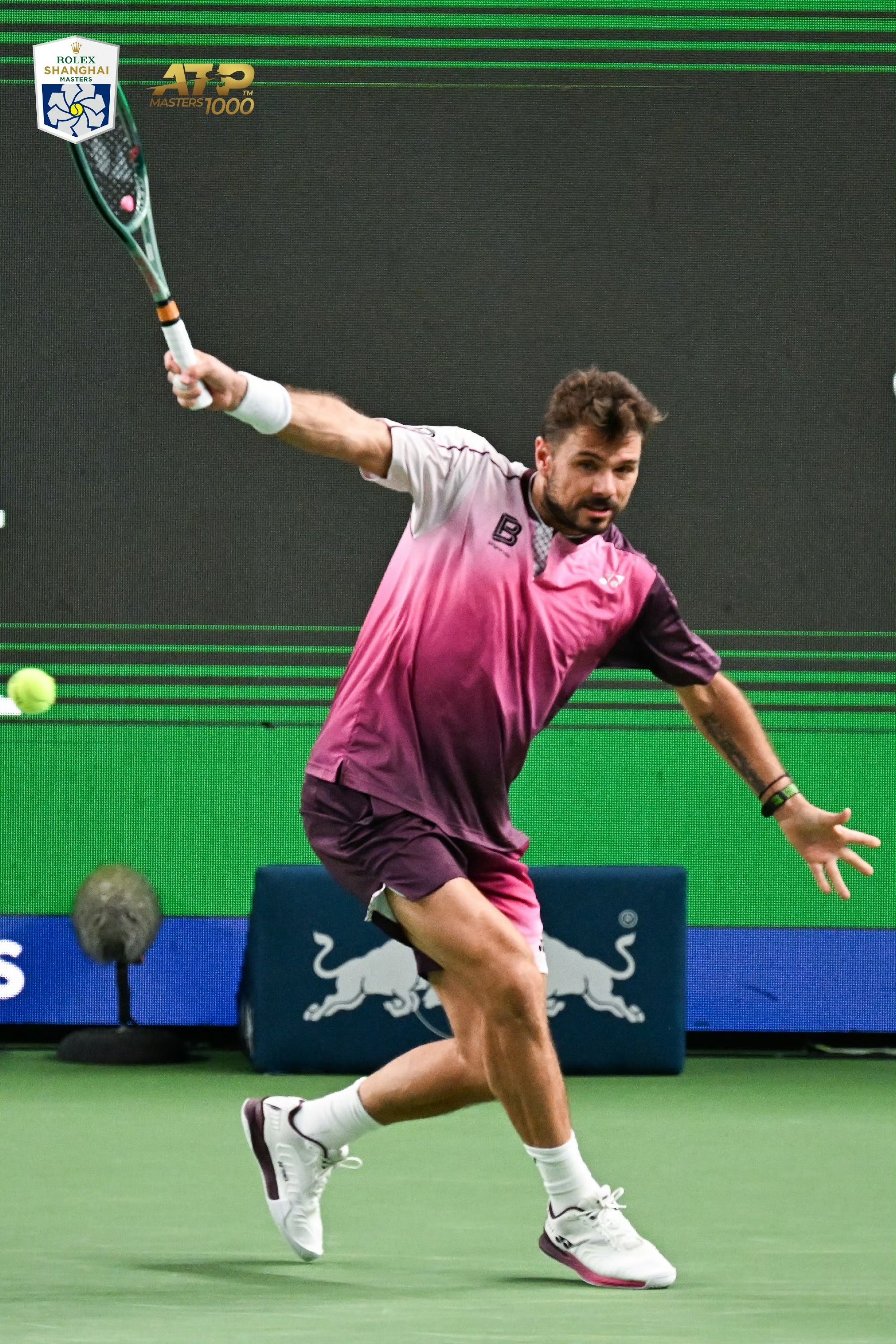
Unlike top stars who focus only on major tournaments, Wawrinka’s career planning is practical and sincere. He openly talks about the different opportunities at various tournament levels: “I strive to maintain my best form to advance further in events. Of course, the chance to win in challenger tournaments is obviously greater than on the ATP Tour.”

This clarity is wisdom granted by time. He no longer needs to prove himself with every title; his Grand Slamachievements are already etched in history. Now, what drives him forward is a deeper inner flame. “We always have personal goals. For me, it’s about reaching my fullest potential. My primary pursuit is to push beyond limits and then see the results that follow or may not come.”This is what makes Wawrinka so inspiring: having already accomplished greatness, he still competes like a dream-chasing rookie, racing against himself and battling time.

Looking back at Wawrinka’s career, he has always been a unique lone warrior in tennis. Under the absolute dominance of the big three—Federer, Nadal, Djokovic—it was he who, with his unstoppable one-handed backhand, repeatedly broke through their defenses, lighting a beacon of hope for his contemporaries. His story is an epic about persistence, courage, and blooming late.
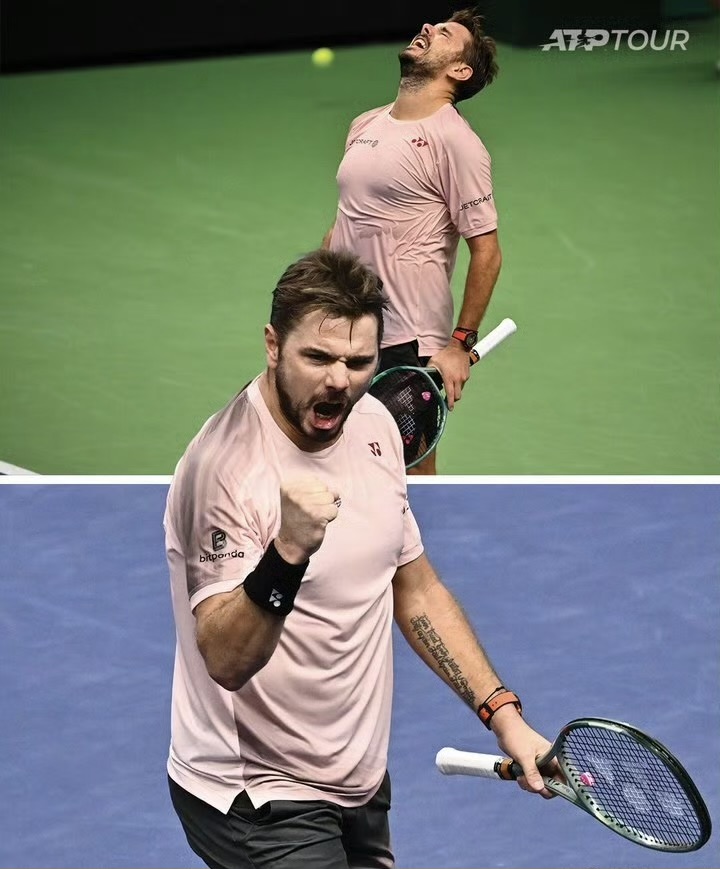
Now, as peers retire, he chooses to compete alongside opponents a decade or two younger. The wear on his body and injuries are real, but his hunger for victory and love for tennis seem stronger than any hardship.
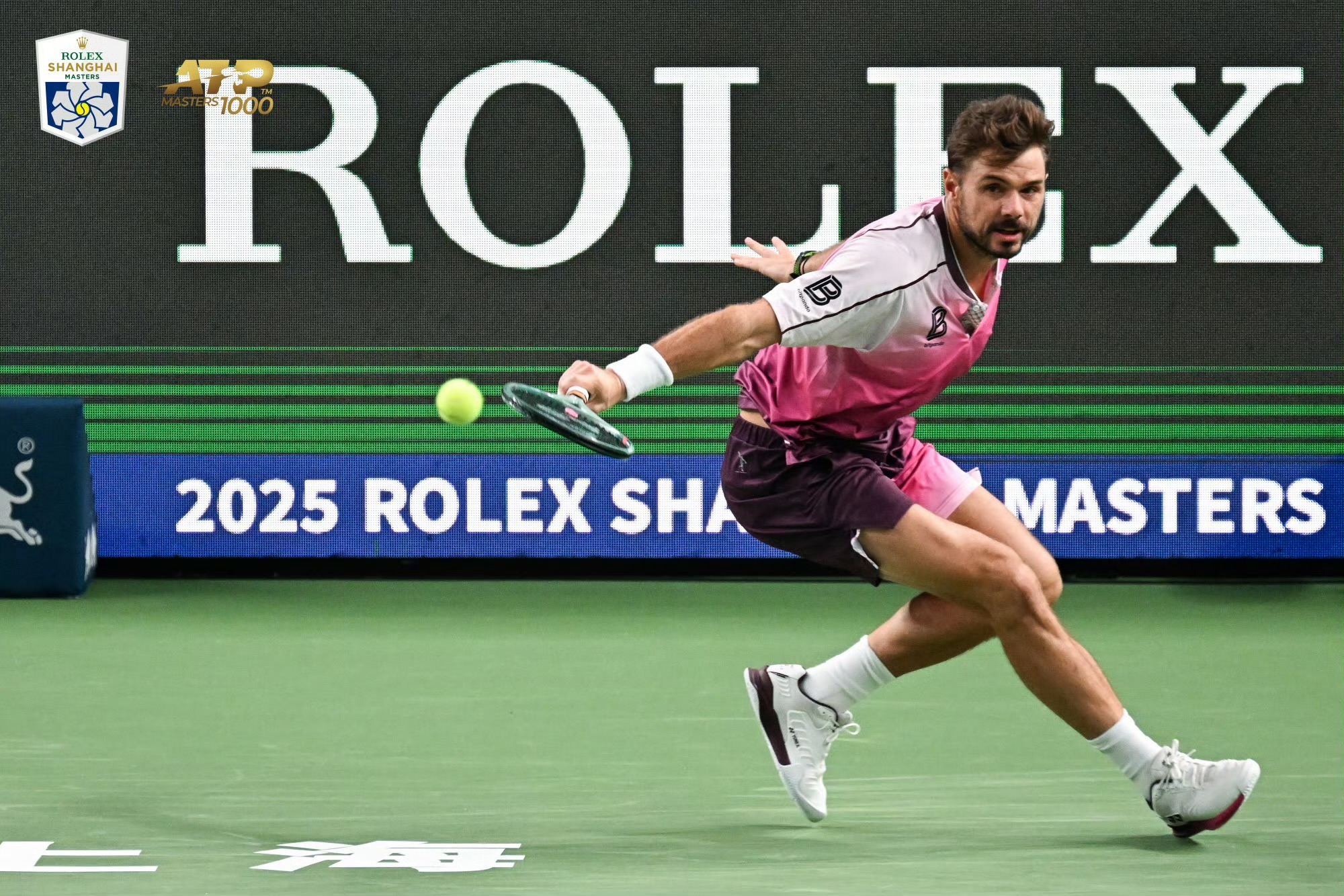
“As long as the drive is there, I want to fight on.” This is not only Wawrinka’s promise for the future but also a summary of his entire career. He doesn’t talk about distant farewells, only focuses on the battle ahead. For tennis fans, continuing to see this veteran pour passion on the court, witnessing his signature backhand down the line and his chest-pounding celebrations after winning, is a true joy.
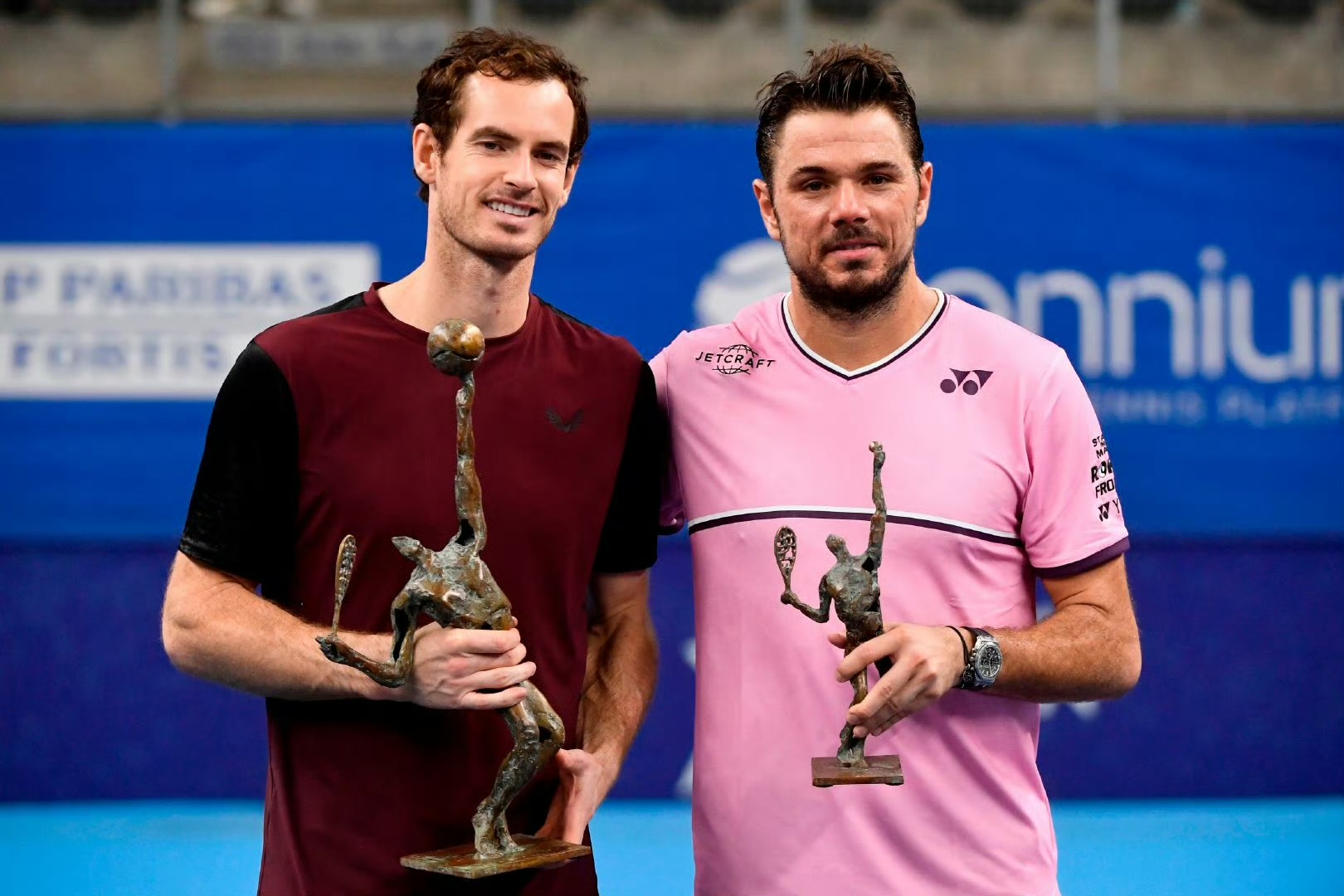
Stan Wawrinka’s career is already complete, yet he chooses to keep writing it. His existence itself is the greatest tribute to tennis, embodying not only peak glory but also an unquenchable, fiery spirit throughout the climb.(Source: Tennis Home Author: Mei)







 Links
Links
 Contact
Contact
 App
App


